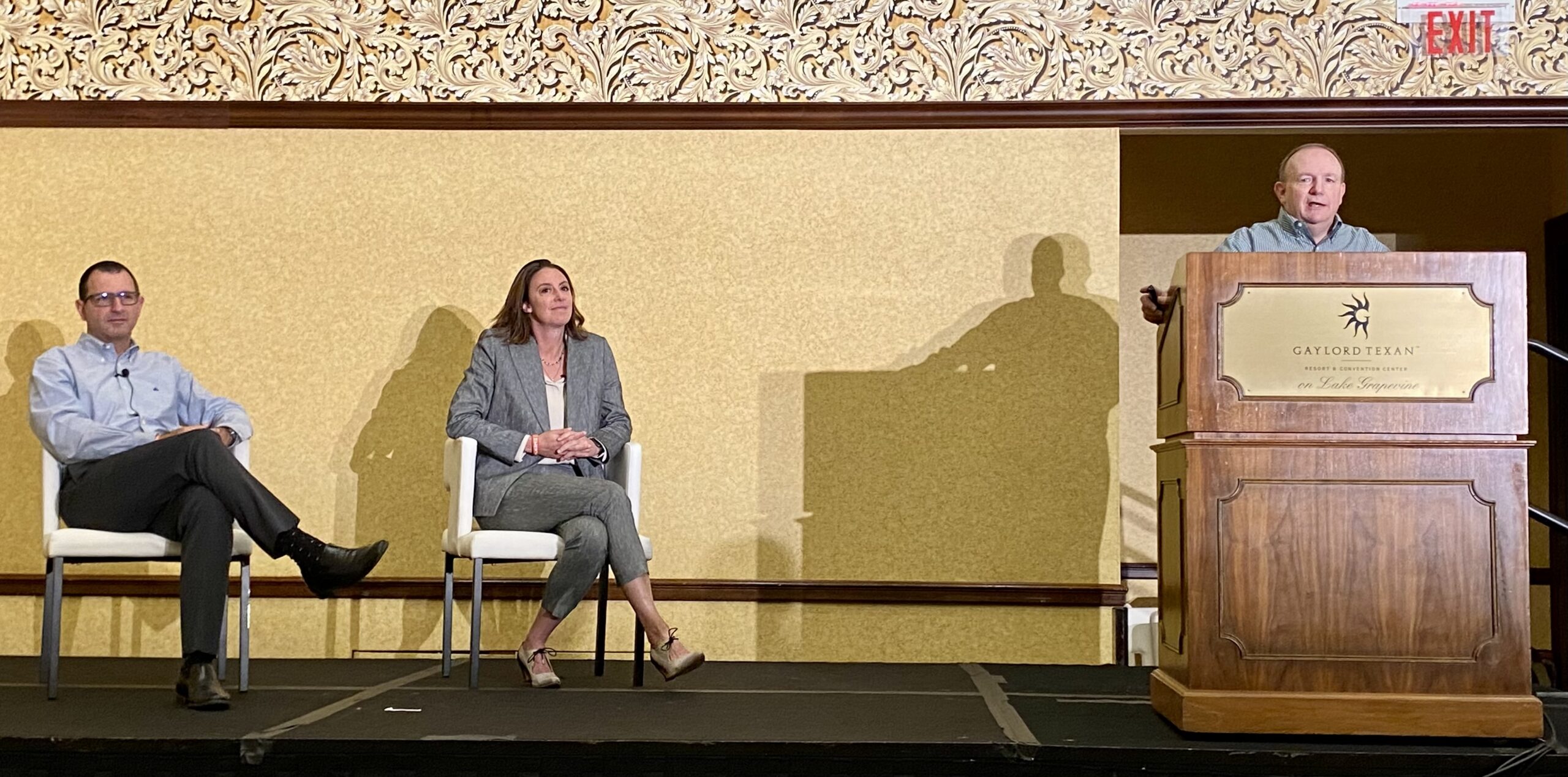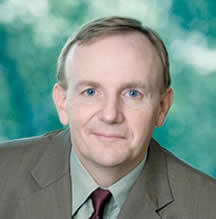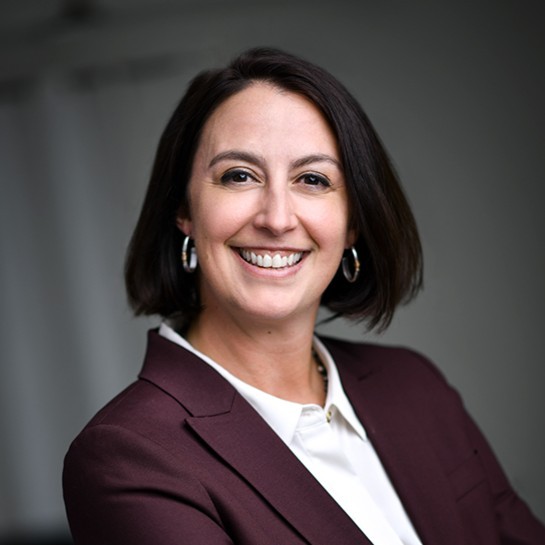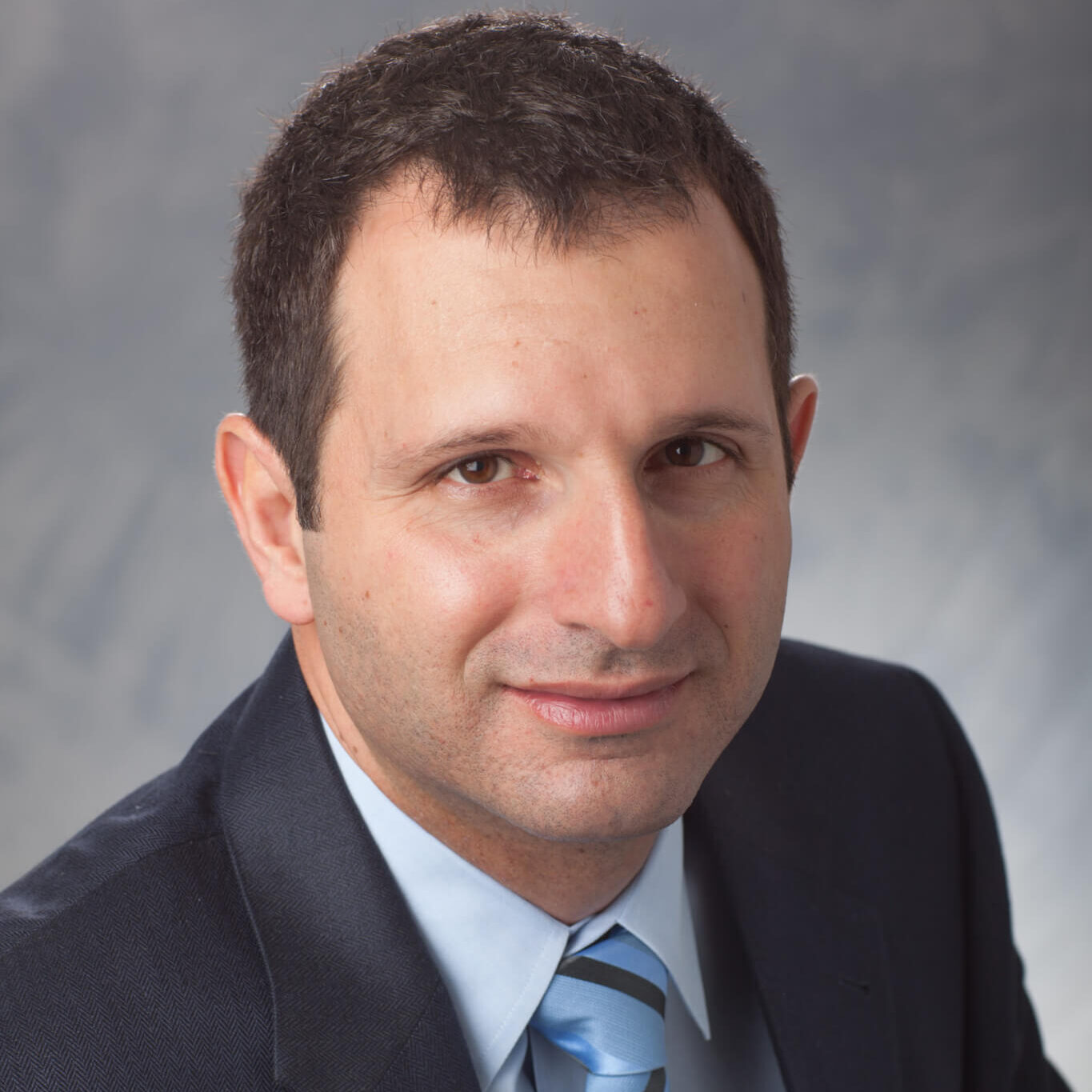Emerson’s Peter Zornio hosted a panel with Claudio Fayad and Laura Schafer on their vision for the future of automation technology. Here is their presentation abstract:
Our industry has many technology buzzwords and many people putting forward various future predictions. Come and hear how Emerson sees automation technologies coming together into the architecture of the future. Join Emerson’s Peter Zornio and Claudio Fayad as they discuss their visions for the future of automation—software-centric, flexible, fluid solutions that connect the field, edge, cloud, and enterprise. Then, learn how new technologies and market shifts—such as Emerson’s majority stake in AspenTech—will shape automation for decades.
Peter opened the session by sharing the inflection points over the past several decades from intelligent instrumentation through commercial off-the-shelf technology and a distributed field architecture.
Today’s automation architecture in levels per ANSI/ISA-95 from the field devices up to the enterprise software. The challenge is that it is vertically and horizontally siloed, creating pockets of data and expertise. It’s also predominantly a one-way data flow architecture from bottom to top.
Peter introduced the “Boundless Automation” architecture with the intelligent field, edge computing, and cloud computing. A cohesive software platform is based on a common, consistent data model that provides ease of use across the three domains. Zero-trust security is built throughout the architecture.
Intelligent field devices continue to expand into domains other than automation and add applications and computing power. The edge securely places computing power closest to the field device. The cloud is where consolidated information is available for deeper analytics and collaboration.
The cohesive software platform is a crucial part of unlocking this automation architecture. It’s integrated by design, supports democratized data provides solution-level security certification, and enables innovation, interoperability, and extensibility.
Laura shared a deeper look at the intelligent field. A big part of the architecture is greater connectivity—IO-Link, Ethernet-APL, HART, WirelessHART, and 5G wide area networks. These devices span discrete & hybrid manufacturing, process manufacturing, and distributed assets.
Wireless devices enable drop-in data wherever it’s needed. Industrial Internet of Things (IIoT) applications connects with these devices to perform analytics for actionable information. Another use case is single mobile assets with location tracking, multi-tenancy, and software-as-a-service (SaaS) applications based on 5G communications.
Ethernet-APL is ideal for process environments since it’s rugged and provides power over Ethernet to the devices. It’s the easiest migration path with DeltaV CHARMS. An APL switch can also input analog signals, have a fully redundant backhaul, and connect with devices, edge, and cloud.
NAMUR PA-DIM is a unified data model that will enable easy integration to devices to provide consistent, clean data into the edge environment. Laura shared two examples—valve condition monitoring and compressed air optimization. More variables are delivered from the field devices, and computation and networking capabilities continue to grow. Analytics can run at the device or edge.
IT has been moving to the cloud for many years. Operational Technology (OT) applications are also beginning to move there, where they are not critical or highly available applications. The cloud enables great scalability, comprehensive collaboration capabilities, and elasticity to fit the applications’ needs.
Given the unified data model, enterprise applications are easier to develop and better integrate OT data with enterprise functions. It also enables a new support model with on-demand, tailored customer support. MyEmerson is an example of where this model is being deployed.
Cloud deployments include containers for modular deployment and security, fleet management, multi-tenant capability, and software platform-as-a-service.
Claudio shared a deeper look at the edge. He defined the edge as a new software workload deployment and connection paradigm. It leverages cloud technologies and is built on current OT infrastructure.
Software can be deployed as orchestrated workload and redefines the communication architecture in a data-centric fashion. Data is secure by design. The edge is where IT and OT innovation come together.
The industrial edge contains distributed compute nodes, smart protocols, and a cohesive software environment. It removes functional silos, converging embedded functionality as a software-defined workload. It’s a hyper-converged infrastructure.
This architecture enables containerized automation functions, on-demand scalability, fault tolerance & redundancy, easy deployment & upgrades, improved performance, de-siloed applications, and increased data accessibility.
Contextualized data includes real-time, historical, reliability, configuration, and production data. This democratized data is available across the architecture to experts or AI-generated models.
It’s no longer enough to secure the perimeter. We need to move to a secure-by-design architecture. This design includes secure development, a zero-trust architecture, and containerized isolation. The DeltaV Edge Environment and the PACEdge are the first products focused on this connectivity and extensibility.
More will emerge in this boundless automation architecture as technology advances rapidly.








